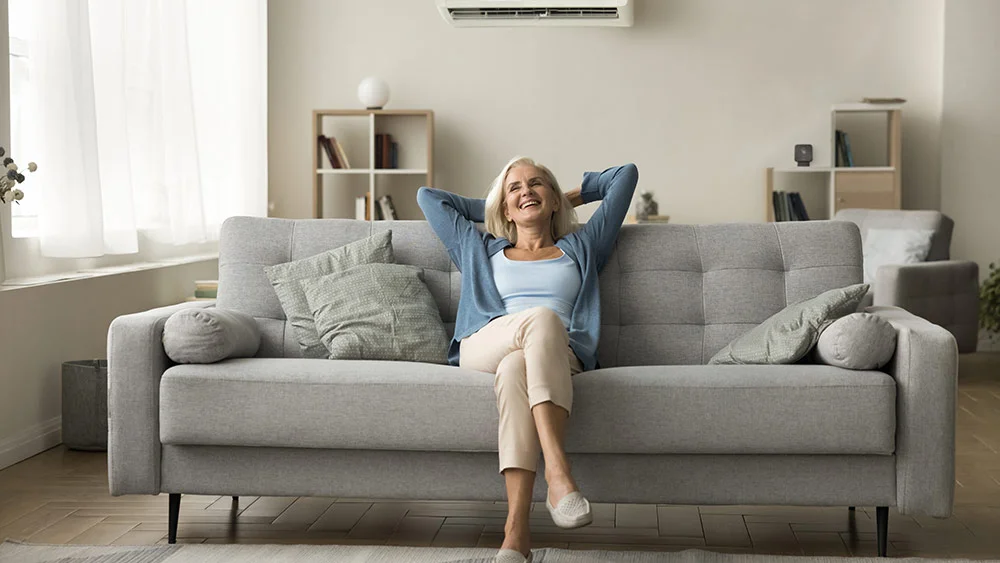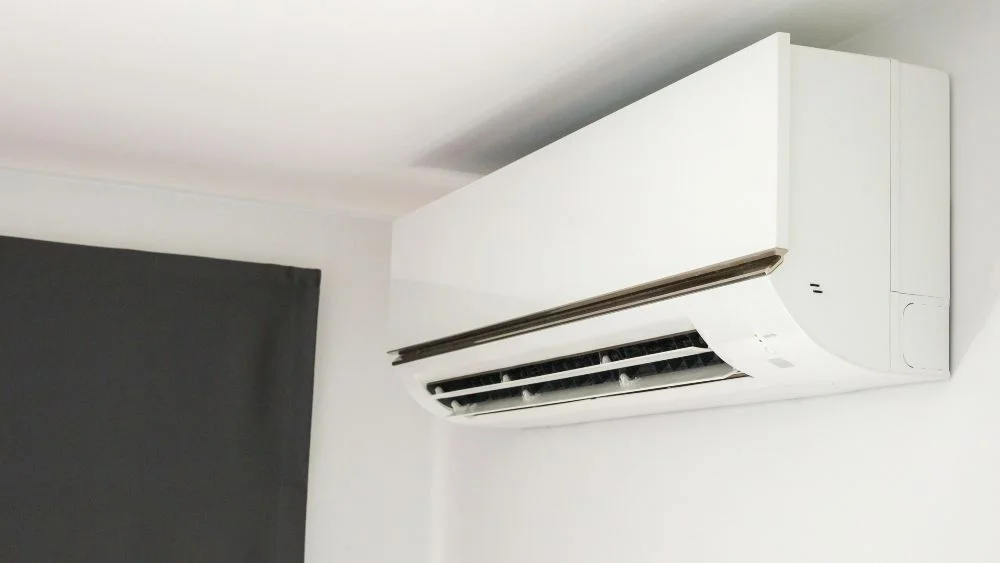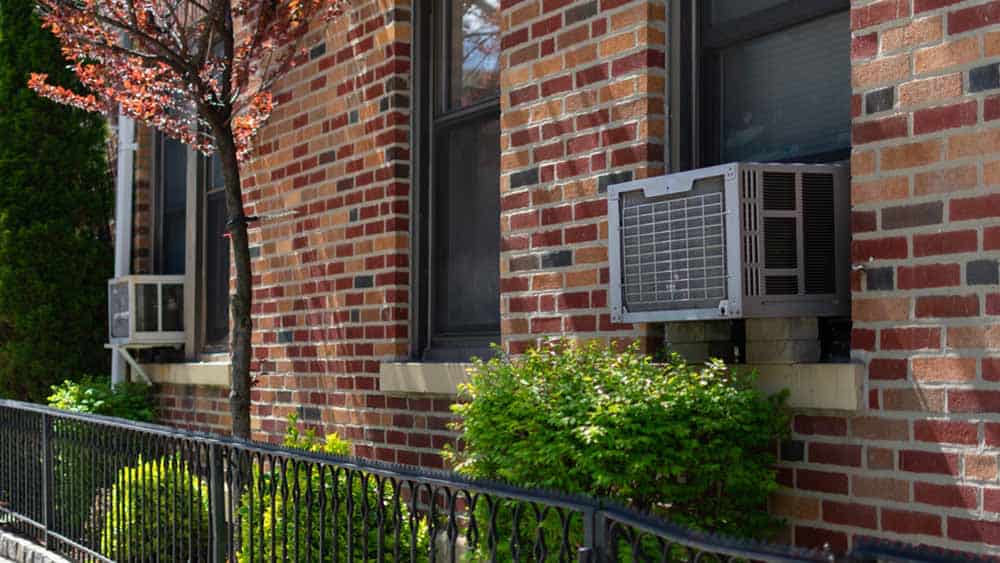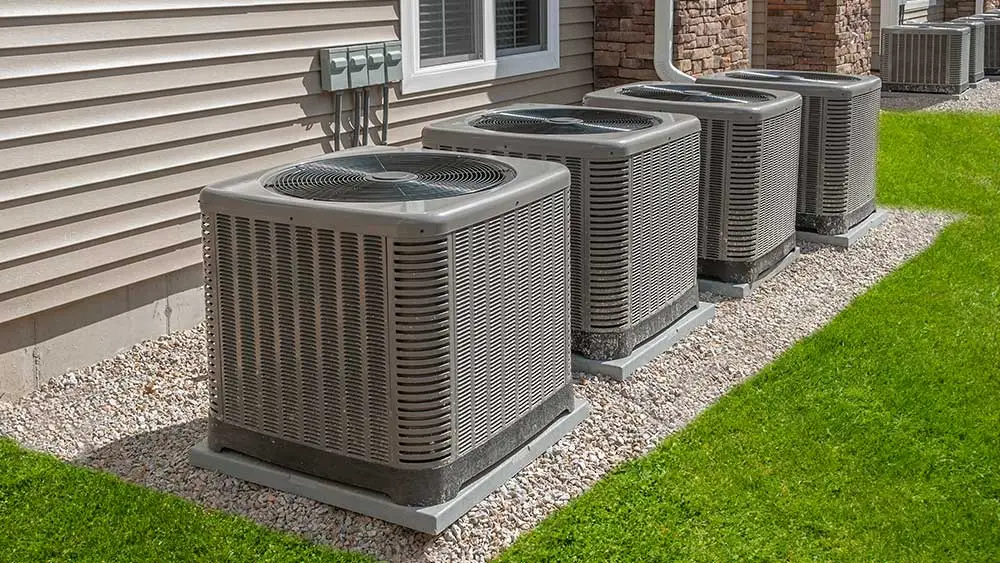
Key Takeaways
- Alaska has experienced record-breaking summer heat in recent years, highlighting the need for air conditioning.
- Air conditioning offers relief from heat, reduces indoor allergens, and improves sleep quality.
- AC options include ductless mini-splits for targeted cooling and central AC for larger areas.
Alaska, known for its subzero temperatures, might not seem like the obvious place to consider air conditioning. However, in recent years, Alaska has witnessed summers that could easily compete with those of much warmer areas. In 2023, the state experienced a severe heat wave with temperatures soaring above 90F. In the midst of such extreme conditions, air conditioning provides a cool retreat when the outdoors feels like a furnace.
This blog explores the necessity of air conditioning in Alaska and provides insights into the best types of ACs to install in your home.
How Essential is Air Conditioning in Alaskan Summers?
In the summer of 2019, Alaska made headlines for an unexpected reason: record-breaking hot temperatures. Anchorage, the state’s largest city, soared to a scorching 90F, marking a historic milestone in Alaska’s climate history. Last year, the combination of hot and dry weather in Alaska led to one of its worst fire seasons on record.
The dramatic warming witnessed in Alaska in recent years is not an isolated phenomenon but rather a consequence of global climate change. The decline in sea ice and the warming of the Arctic Ocean have contributed to Alaska’s escalating temperatures, setting the stage for more frequent and intense heat waves in the future.
Climate projections indicate a continued warming trend, and extreme summer conditions are expected to become more common. By the 2060s, heat waves could occur almost every other year.
As Alaska grapples with the impacts of climate change, the necessity of air conditioning becomes increasingly apparent. Air conditioning offers a vital solution to mitigate the challenges posed by rising temperatures, from providing relief during sweltering summer days to safeguarding health and well-being.
Josh Mitchell, owner of airconditionerlab.com, says, “While many parts of Alaska experience mild summers, some regions, like the interior and parts of Southcentral Alaska, can see temperatures rise into the 70s and even occasionally breach 80 degrees Fahrenheit. During these warmer periods, air conditioning can become not just a comfort but a necessity, especially for the elderly or those with health conditions.”
More reasons to install air conditioning in Alaska include:
- During hot weather, it’s common for Alaskans to open windows and doors to cool down, inadvertently inviting pollen, dust, and other allergens inside. However, with an air conditioner, you can stay cool without letting these allergens infiltrate your home.
Related: A Complete Guide to Improving Your HVAC for Better Indoor Air Quality
- Air conditioners not only provide cooling relief but also play a crucial role in reducing indoor humidity levels. High humidity can exacerbate the growth of mold and mildew, making it important to maintain an ideal humidity level indoors.
Types of Air Conditioners You Can Install in Your Alaskan Home
Here are some types of air conditioners you can invest in:
Ductless Mini-Split Air Conditioners

Ductless mini-split air conditioners offer a practical cooling solution without extensive ductwork. These compact systems consist of an outdoor unit conveniently connected to one or more indoor units.
Each indoor unit can be placed in a specific room or area and controlled independently. With their efficient and targeted temperature control, these systems are the perfect choice for spaces where traditional ducted systems would be impractical or expensive to install.
Window Air Conditioners

If you want an inexpensive cooling solution for small spaces in your home, installing window air conditioners is a great option. These ACs are comprised of a single unit containing all the necessary components.
Check your window type before choosing your window AC. Vertical window air conditioners are recommended for your home if you have sliding or casement windows. You can also get over-the-sill air conditioners if you want to open your windows for ventilation. They have unique U-shaped designs that saddle the window sill without blocking the window.
Central Air Conditioners

Central air conditioners are powerful systems that effectively cool large areas or entire buildings. The cooled air is distributed throughout the building via a network of ducts using vents or registers, ensuring consistent and even cooling in every room and space.
Central air conditioners are ideal for larger spaces, requiring reliable and comprehensive cooling.
Related: Mini-Split vs Central Air Conditioner: Which Type Is Best Suitable for Your Home?
How Can You Get the Best Out of Alaskan Air Conditioning?
To optimize your air conditioning system, you can invest in smart HVAC technology, such as smart thermostats for central and mini-split systems. These devices offer numerous benefits, such as saving on AC costs, added convenience, and improved comfort levels. They allow you to access your air conditioning system through your phone and come with a range of smart features to take your climate control to the next level.
Your best choice to make any mini-split, window,
or portable AC smart. Enhance your comfort and savings.

One key advantage of smart thermostats is the ability to personalize temperature settings based on your daily routine. Once schedules are programmed, the thermostat automatically adjusts settings accordingly, ensuring efficient operation without constant manual intervention. Moreover, you can track your energy usage, set location-based triggers, and integrate with other smart home devices, such as voice assistants, further enhancing control and automation capabilities.
Equip your HVAC system with smart features and achieve the perfect balance between comfort & savings.
Learn more
In Conclusion
From record-breaking temperatures to escalating wildfire risks, the need for cooling solutions in Alaska has never been more urgent. By embracing air conditioning, Alaskans can adapt to a changing climate, safeguarding their well-being and enhancing their quality of life amidst the heatwaves. Beyond mere cooling, air conditioners also offer relief from allergens and help maintain ideal indoor humidity levels, which are the main crucial factors in maintaining a comfortable living environment.








